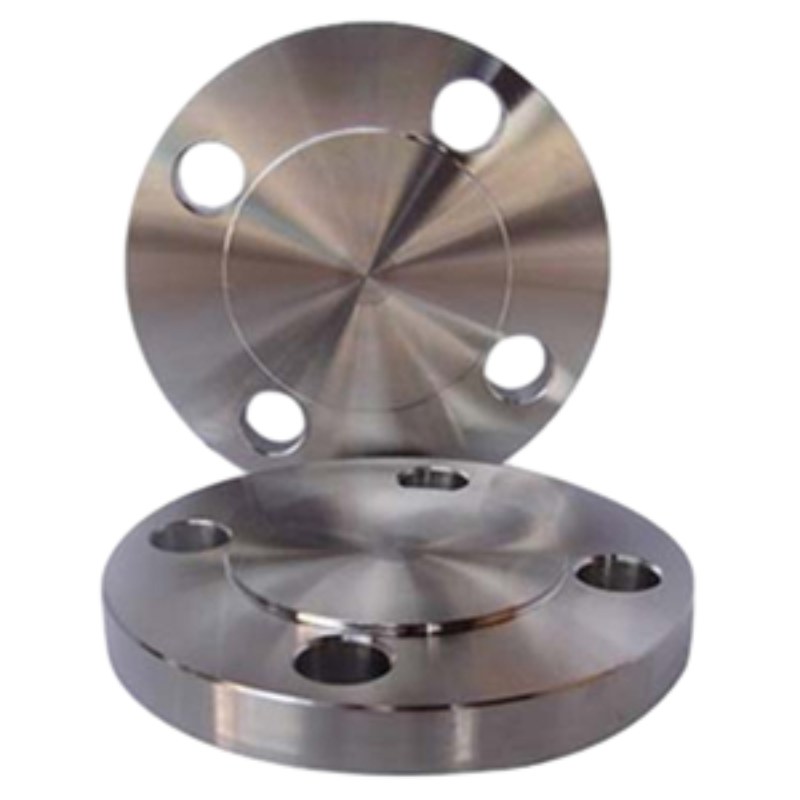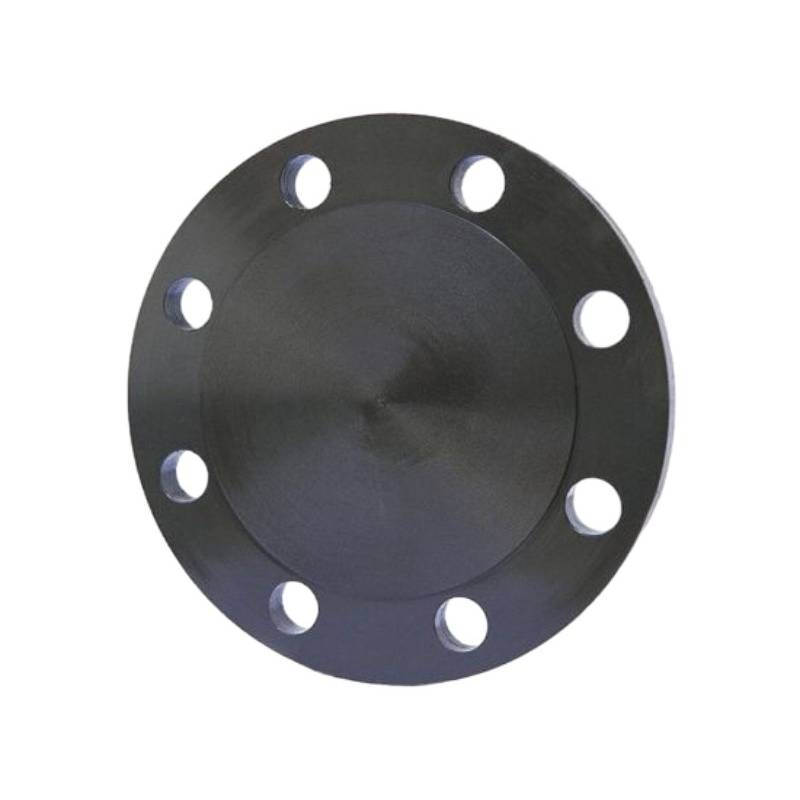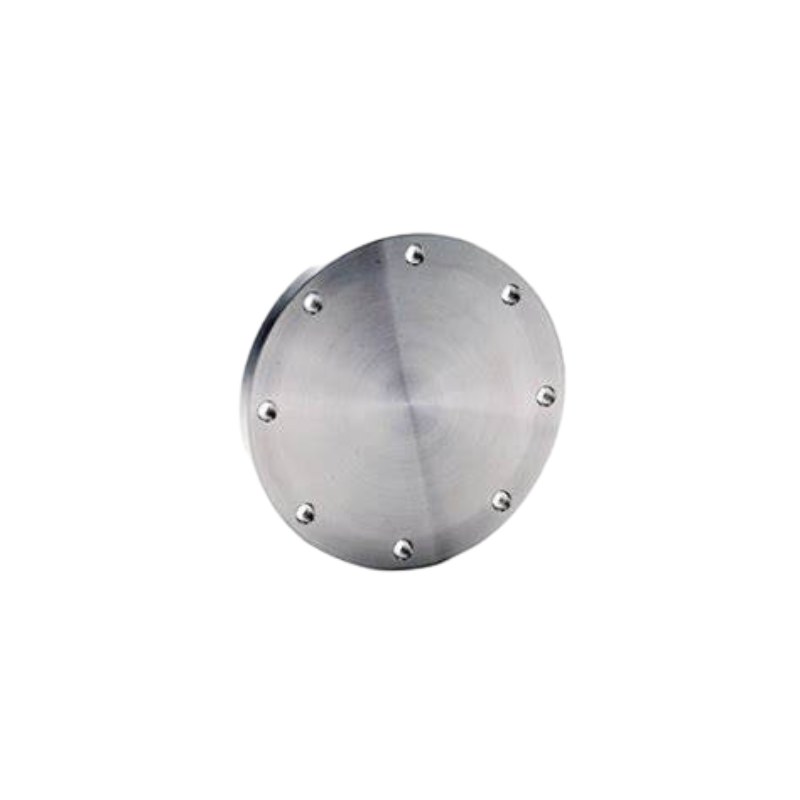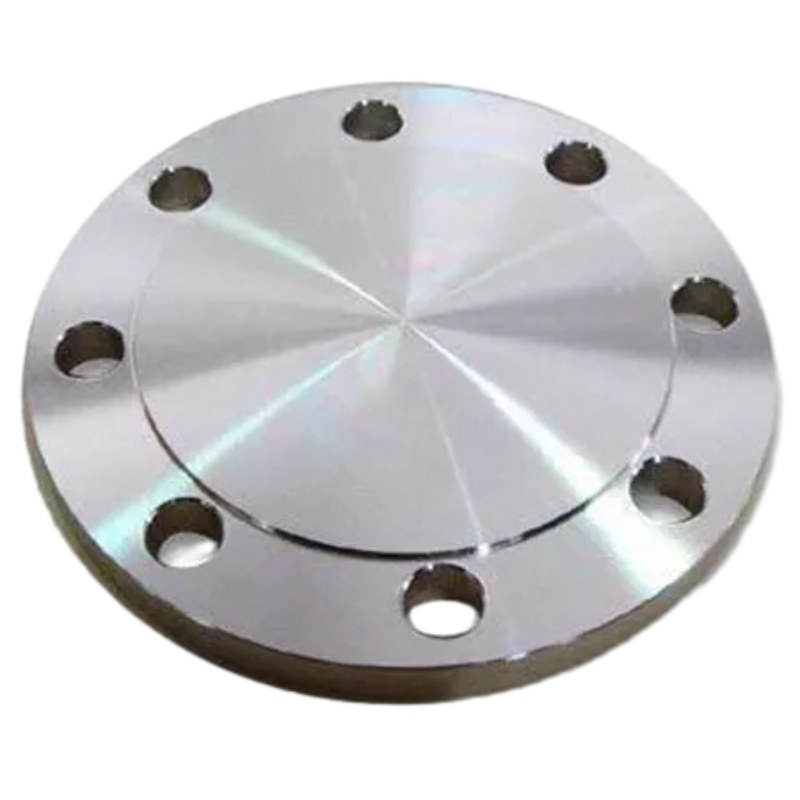-
ការរចនារឹងមាំ៖ GOST 12836-67 Blind Flange មានចានរាងជារង្វង់ដែលមានចន្លោះប្រហោងស្មើគ្នាជុំវិញបរិវេណ។ ការរចនានេះអនុញ្ញាតឱ្យមានភាពងាយស្រួលក្នុងការតម្រឹម និងភ្ជាប់ទៅគែមភ្ជាប់ដោយផ្តល់នូវដំណោះស្រាយបិទដ៏រឹងមាំ និងមានស្ថេរភាពសម្រាប់ប្រព័ន្ធបំពង់។
-
ការផ្សាភ្ជាប់សុវត្ថិភាព៖ នៅពេលដំឡើងនៅចុងបញ្ចប់នៃបំពង់ ផ្ទៃរាបស្មើនៃ GOST 12836-67 Blind Flange បង្កើតត្រាតឹង ការពារការលេចធ្លាយសារធាតុរាវ និងរក្សាបាននូវភាពសុចរិតនៃប្រព័ន្ធបំពង់។ សមត្ថភាពផ្សាភ្ជាប់ប្រកបដោយសុវត្ថិភាពនេះធានាបាននូវការអនុវត្ត និងសុវត្ថិភាពល្អបំផុត ទោះបីជាស្ថិតក្រោមលក្ខខណ្ឌប្រតិបត្តិការខ្លាំងក៏ដោយ។
-
ការប្រើប្រាស់ចម្រុះ: ពីរោងចក្រចម្រាញ់ប្រេង និងឧស្ម័ន រហូតដល់រោងចក្រកែច្នៃគីមី និងបណ្តាញចែកចាយទឹក GOST 12836-67 Blind Flanges ស្វែងរកកម្មវិធីដែលអាចប្រើប្រាស់បាននៅទូទាំងឧស្សាហកម្មចម្រុះ។ មិនថាត្រូវបានប្រើសម្រាប់គោលបំណងដាច់ដោយឡែក ការធ្វើតេស្តសម្ពាធ ឬការបិទជាបណ្តោះអាសន្នទេ ព្រុយទាំងនេះផ្តល់នូវភាពជឿជាក់ និងយូរអង្វែងនៅក្នុងប្រព័ន្ធបំពង់សំខាន់ៗ។
-
សំណង់រឹងមាំ៖ សាងសង់ឡើងពីវត្ថុធាតុដើមដែលមានគុណភាពខ្ពស់ដូចជា ដែកថែបកាបូន ដែកអ៊ីណុក ឬដែកអ៊ីណុក GOST 12836-67 Blind Flanges បង្ហាញពីភាពរឹងមាំ និងធន់ពិសេស។ ពួកគេត្រូវបានវិស្វកម្មដើម្បីទប់ទល់នឹងលក្ខខណ្ឌប្រតិបត្តិការដ៏អាក្រក់ រួមទាំងបរិស្ថានច្រេះ សីតុណ្ហភាពខ្ពស់ និងសម្ពាធខ្លាំង ដែលធានាបាននូវការអនុវត្តយូរអង្វែង និងភាពជឿជាក់។
-
វិស្វកម្មភាពជាក់លាក់៖ GOST 12836-67 Blind Flanges ឆ្លងកាត់ដំណើរការម៉ាស៊ីន និងវិស្វកម្មភាពជាក់លាក់ ដើម្បីបំពេញតាមតម្រូវការវិមាត្រដ៏តឹងរឹង និងតម្រូវការបញ្ចប់ផ្ទៃ។ ភាពជាក់លាក់នេះធានានូវភាពឆបគ្នា និងភាពអាចផ្លាស់ប្តូរបានជាមួយនឹងទម្រង់ស្តង់ដារផ្សេងទៀត ដែលជួយសម្រួលដល់ការរួមបញ្ចូលយ៉ាងរលូនទៅក្នុងប្រព័ន្ធបំពង់ និងកាត់បន្ថយហានិភ័យនៃការលេចធ្លាយ ឬការបរាជ័យ។
-
ភាពងាយស្រួលនៃការដំឡើង៖ ការដំឡើង GOST 12836-67 Blind Flanges មានប្រសិទ្ធភាព និងត្រង់ ទាមទារការតម្រឹមសាមញ្ញ និង bolting ទៅចុងបំពង់។ វិមាត្រ និងការរចនាស្តង់ដាររបស់ពួកគេជួយសម្រួលដល់ការរួមបញ្ចូលយ៉ាងងាយស្រួលទៅក្នុងបណ្តាញបំពង់ដែលមានស្រាប់ កាត់បន្ថយពេលវេលាដំឡើង និងថ្លៃពលកម្ម។
លក្ខណៈពិសេស:
- ការរចនាដ៏រឹងមាំសម្រាប់ការបិទដោយសុវត្ថិភាព
- ការផ្សាភ្ជាប់ដោយសុវត្ថិភាពជាមួយនឹងការរចនាមុខរាបស្មើ
- កម្មវិធីដែលអាចប្រើប្រាស់បាននៅទូទាំងឧស្សាហកម្ម
- សំណង់រឹងមាំសម្រាប់ការអនុវត្តយូរអង្វែង
- វិស្វកម្មភាពជាក់លាក់សម្រាប់ការអត់ធ្មត់តឹង
- ភាពងាយស្រួលនៃការដំឡើងជាមួយនឹងការតម្រឹមសាមញ្ញនិង bolting
Material Selection for GOST 12836-67 Blind Flanges: What You Need to Know
When it comes to GOST 12836-67 blind flanges, selecting the appropriate material is crucial for ensuring functionality, safety, and longevity in various applications. GOST standards, established by the Euro-Asian Council for Standardization, Metrology and Certification, guide the specification of materials to maintain the integrity of piping systems.
Key Considerations for Material Selection:
1. Corrosion Resistance: One of the primary factors in choosing a material for GOST blind flanges is its ability to resist corrosion. Stainless steel (such as 304, and 316) is a popular choice due to its excellent resistance to oxidizing environments. For applications involving aggressive chemicals, alloys like Inconel or Monel are often considered.
2. Pressure and Temperature Rating: GOST blind flanges need to be rated for the specific pressure and temperature conditions they will face. Material selection must align with the service conditions to avoid failure. For high-pressure applications, carbon steel flanges can be suitable, provided they are properly treated or coated.
3. Weldability and Machinability: Depending on installation requirements, the selected material should offer appropriate weldability and machinability. If modifications or on-site fabrication are necessary, choosing materials that can be easily welded is essential.
4. Standards Compliance: Ensure that the materials selected comply with all relevant GOST standards. This not only guarantees quality but also maintains compatibility within the piping system.
5. Cost-effectiveness: While material selection should prioritize performance and safety, cost considerations also play a significant role, especially in large-scale projects. Finding a balance between budget and quality is essential.
Differences Between GOST 12836-67 Blind Flange and Other Flange Standards
When comparing the GOST 12836-67 blind flange with other flange standards, several key differences emerge that reflect the unique characteristics and applications of the Russian standard. The GOST (Gosudarstvennyy Standart) system is a set of regulations and guidelines that govern various industrial products, including blind flanges, which are used to seal off piping systems.
One of the primary differences lies in the dimension and pressure rating classifications. GOST 12836-67 blind flanges are specifically designed according to Russian specifications, with dimensions that may differ significantly from those outlined in ANSI, ASME, or ISO standards. For instance, while ANSI/ASME flanges are typically categorized into nominal pipe sizes (NPS) and pressure classes, GOST flanges feature a unique set of sizes and pressure ratings, making it essential for engineers to select the appropriate type based on regional standards.
Another notable difference is the material composition. The GOST standard emphasizes the use of specific materials that are suited for the harsh Russian climate and industrial requirements. While common materials such as carbon steel and stainless steel are also used in other standards, GOST may specify additional material grades to accommodate unique environmental challenges, including extreme temperatures and corrosive conditions.
Additionally, the manufacturing and testing processes for GOST 12836-67 blind flanges are subject to local industry regulations, which might include stricter quality assurance protocols compared to other international standards. This ensures that the flanges not only meet dimensional specifications but also effectively withstand the pressures and temperatures expected in typical applications within Russia.
In summary, while GOST 12836-67 blind flanges share similarities with other flange standards, their unique dimensions, material requirements, and quality assurance processes set them apart. Understanding these differences is crucial for engineers and designers when selecting flanges for specific applications in diverse geographical locations.


















